Increasing Vehicle Production Rates
The automotive glass market is significantly influenced by the rising production rates of vehicles in the United States. In recent years, the automotive industry has seen a steady increase in vehicle manufacturing, with production levels reaching approximately 10 million units annually. This surge in vehicle production directly correlates with the demand for automotive glass, as each vehicle requires multiple glass components, including windshields, side windows, and rear windows. As manufacturers ramp up production to meet consumer demand, the automotive glass market is poised for growth. Additionally, the shift towards electric vehicles (EVs) is expected to further drive demand, as these vehicles often feature advanced glass technologies for improved aerodynamics and energy efficiency. Consequently, the automotive glass market is likely to benefit from the overall expansion of the automotive sector.
Sustainability and Eco-Friendly Practices
The automotive glass market is increasingly influenced by sustainability and eco-friendly practices as consumers and manufacturers alike prioritize environmental responsibility. The demand for recycled materials in automotive glass production is on the rise, with estimates suggesting that up to 30% of glass used in new vehicles could be sourced from recycled content. This shift not only reduces waste but also lowers the carbon footprint associated with glass manufacturing. Additionally, manufacturers are exploring eco-friendly coatings and treatments that enhance the durability and performance of automotive glass while minimizing environmental impact. As sustainability becomes a key consideration for consumers, the automotive glass market is likely to see a growing emphasis on green practices, which could lead to new opportunities for innovation and market differentiation.
Regulatory Compliance and Safety Standards
The automotive glass market is significantly impacted by stringent regulatory compliance and safety standards imposed by government authorities. In the United States, regulations regarding windshield safety, visibility, and impact resistance are becoming increasingly rigorous. For instance, the National Highway Traffic Safety Administration (NHTSA) has established guidelines that require automotive glass to meet specific safety criteria. Compliance with these regulations is essential for manufacturers, as failure to adhere can result in substantial penalties and loss of market access. As a result, the automotive glass market is witnessing a shift towards the production of high-performance glass that meets or exceeds these safety standards. This focus on compliance not only enhances consumer safety but also drives innovation within the industry, as manufacturers seek to develop advanced glass technologies that align with evolving regulations.
Technological Advancements in Manufacturing
The automotive glass market is experiencing a notable transformation due to advancements in manufacturing technologies. Innovations such as automated production lines and enhanced quality control systems are streamlining the production process, thereby reducing costs and improving efficiency. For instance, the integration of robotics in glass fabrication has led to a reduction in production time by approximately 20%. This efficiency not only lowers operational costs but also allows manufacturers to meet the increasing demand for high-quality automotive glass. Furthermore, the introduction of lightweight materials is contributing to fuel efficiency in vehicles, which is a growing concern among consumers. As a result, the automotive glass market is likely to see a surge in demand for these advanced products, driven by both consumer preferences and regulatory requirements.
Consumer Preferences for Enhanced Aesthetics
The automotive glass market is increasingly shaped by consumer preferences for enhanced aesthetics and design features in vehicles. Modern consumers are not only concerned with functionality but also with the visual appeal of their vehicles. This trend has led to a growing demand for larger and more intricately designed glass components, such as panoramic sunroofs and tinted windows. According to recent surveys, approximately 60% of consumers prioritize aesthetic features when purchasing a vehicle, which directly impacts the automotive glass market. Manufacturers are responding by developing innovative glass solutions that cater to these preferences, thereby expanding their product offerings. This focus on aesthetics is likely to drive competition among automotive glass suppliers, pushing them to invest in research and development to create visually appealing and functional glass products.


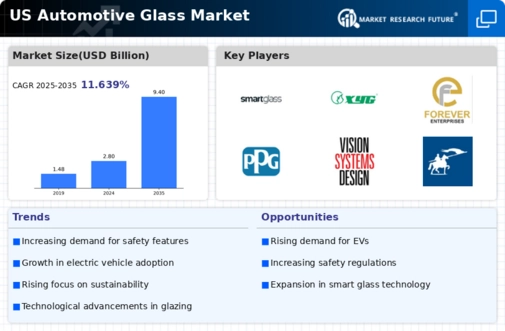
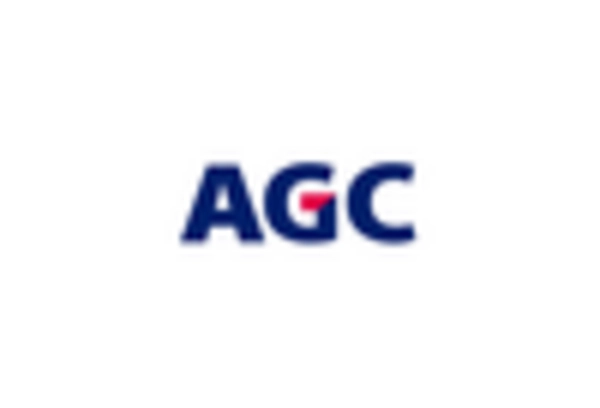
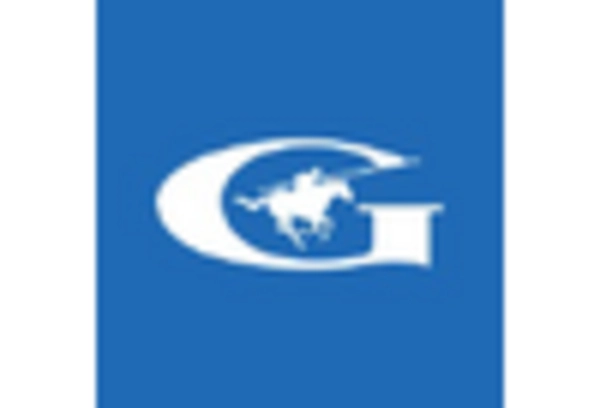
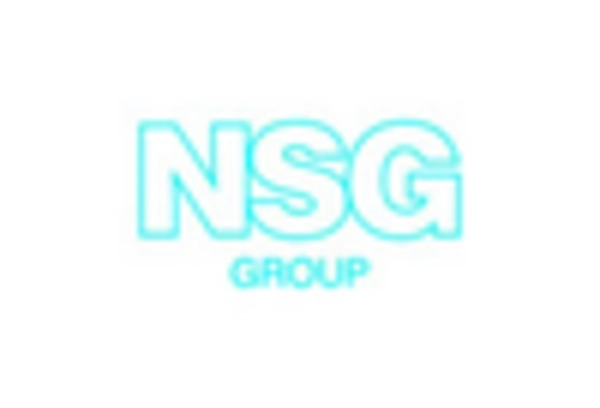
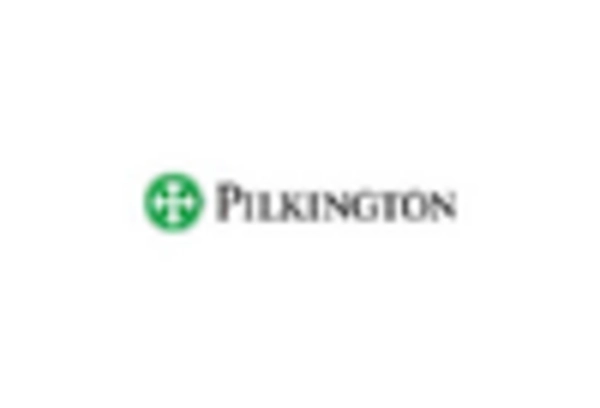

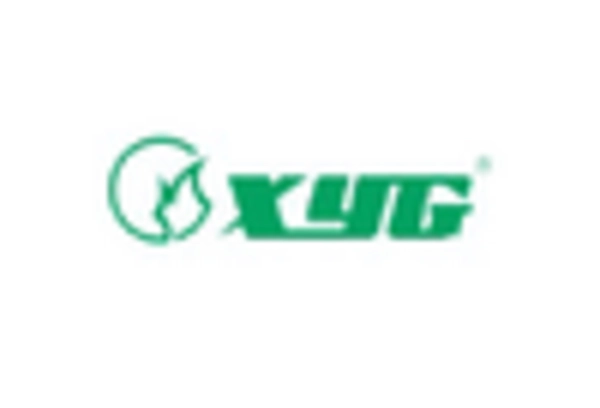








Leave a Comment